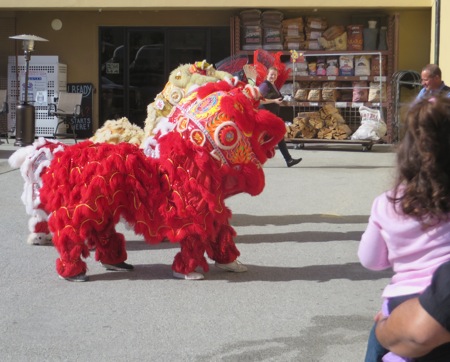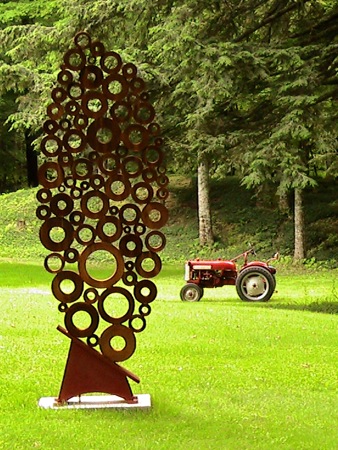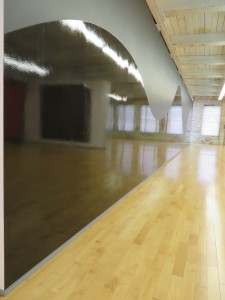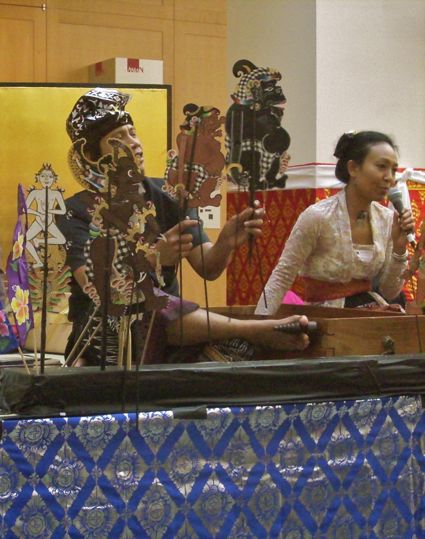Someone asked how to have transcendental experiences, so I’ll summarize what I know about the subject from my own personal experience.
Introduction
Background: Thoreau’s approach
A basic method for having mystical experiences
A few warnings
First, definitions: I would define a transcendental experience as a variety of mystical experience that does not require belief in anything supernatural; the “transcendental” refers back to the Transcendentalists, like Thoreau and Emerson. A transcendental experience is intense and possibly life-changing, and the person having the experience gains a direct knowledge of the ultimate unity of everything and the insignificance of the individual.
Second, a caveat: it seems that only some people can have transcendental experiences — William James estimated that three in four people cannot have them. Perhaps this is because some people simply aren’t able to have such experiences. But I’m inclined to believe that many people either don’t want to go through the trouble of preparing themselves to have transcendental experiences, or if they do have them manage to convince themselves that they didn’t.
Third, mystical experiences seem to have been part of every human culture, and there’s no great secret about how to have one. The classic method to prepare yourself to have mystical experiences is to practice some kind of mental/spiritual discipline. In the Western tradition, this involved some combination of prayer, study of sacred texts and lectio divina (disciplined spiritual reading), and/or retreat from the ordinary workaday world. In the Eastern tradition, this involved some combination of meditation, study of sacred texts, submission to and study under a guru or spiritual master, and/or retreat from the ordinary workaday world. In both the East and the West, the usual interpretation of mystical experiences involved some element of the supernatural: these were experiences of God, or would lead to release from the endless cycle of rebirth, etc.
But I’d like to outline an approach to having mystical experiences that requires no belief in the supernatural (although it can also accommodate a belief in the supernatural quite comfortably). This flexible approach was developed and used by the nineteenth century Transcendentalists, many of whom were Unitarians.




